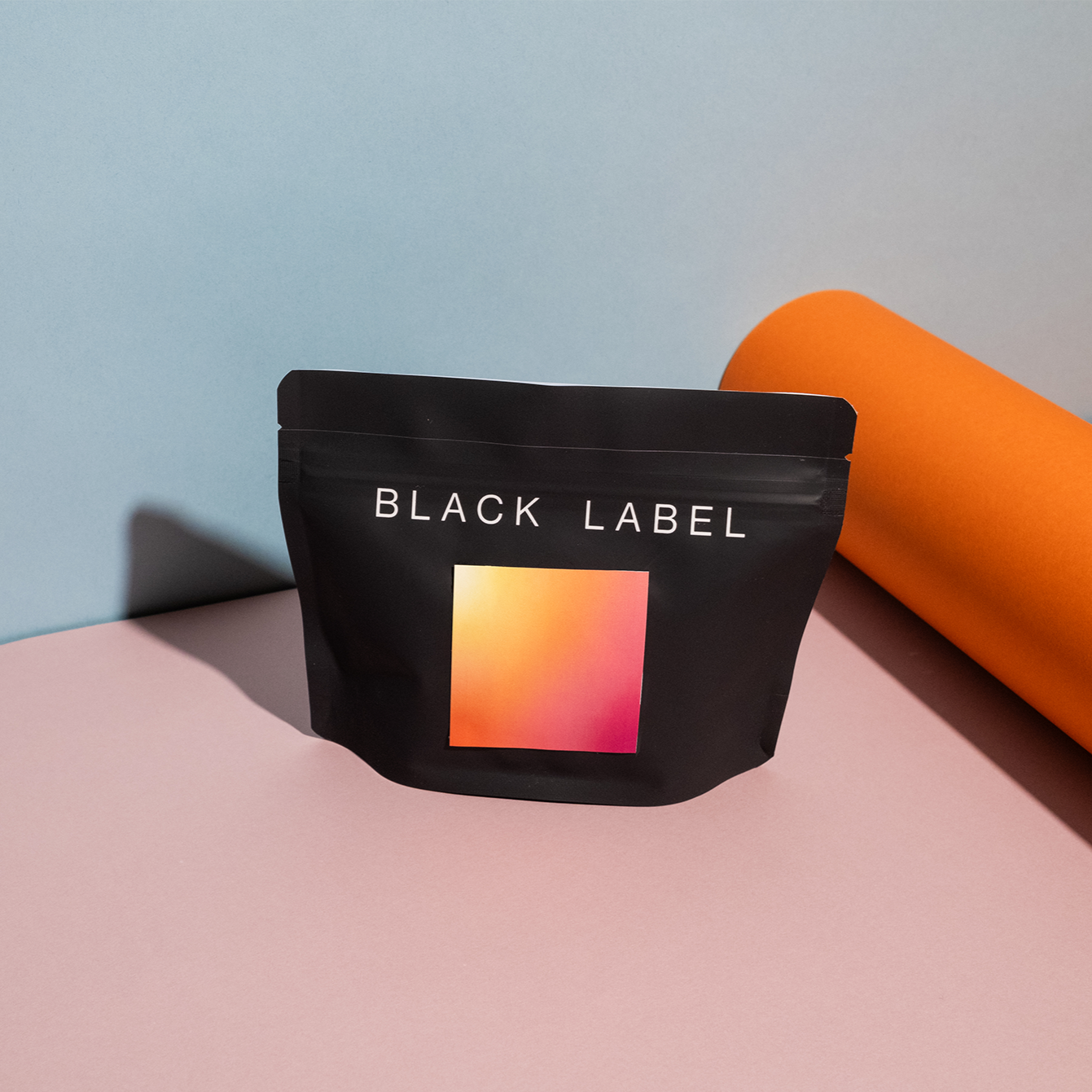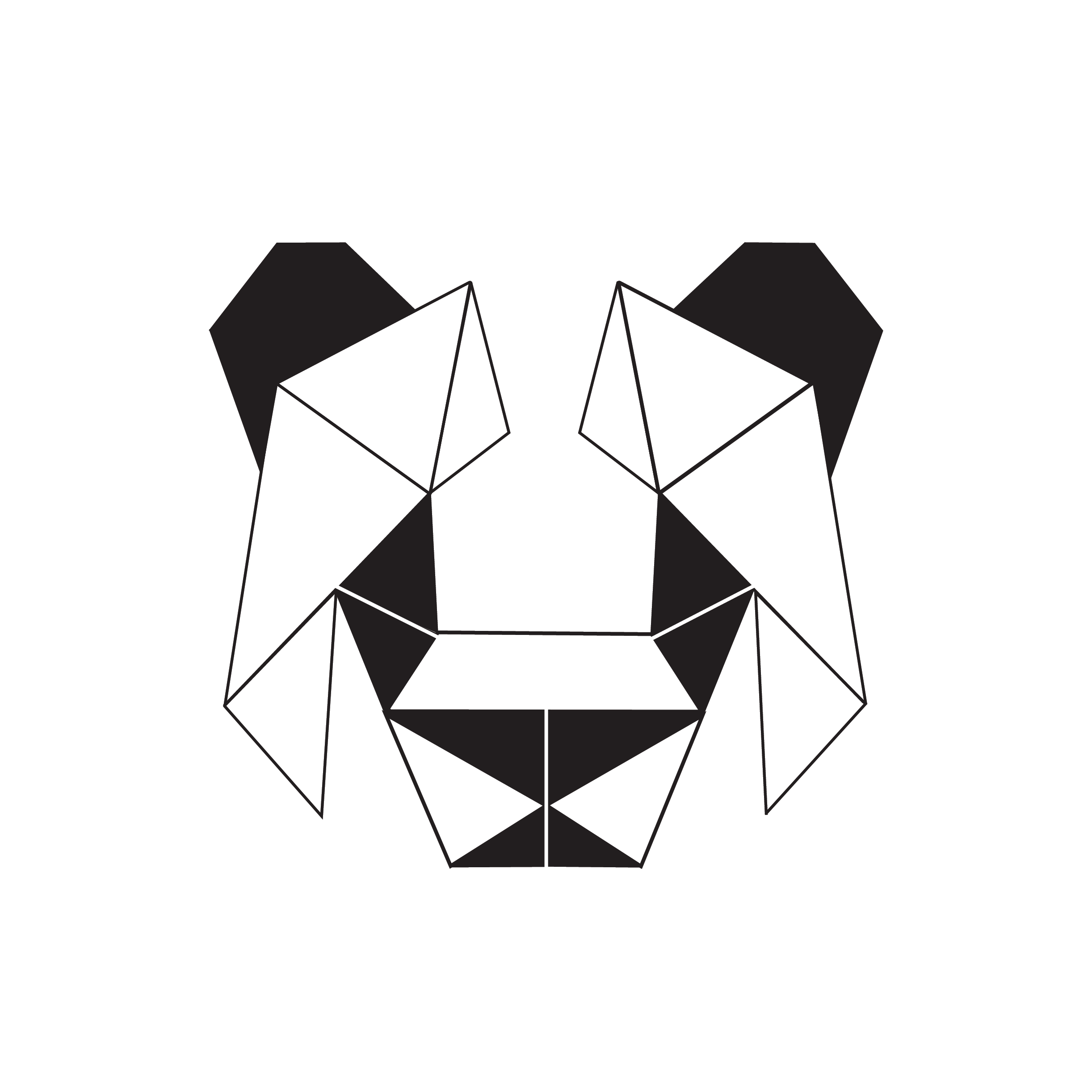The Future - Champagne New Year
Description
The Future has been a beloved staple on our year-round menu for quite awhile now. With it, we have been able to showcase excellence in processing techniques, particularly in regard to anaerobic fermentation. In the past, we have predominantly featured coffees from Colombia in this blend, though lots from Ethiopia, Costa Rica, and Peru have played a part in its conception as well. This year, however, we shifted our focus away from the individual components of the blend and instead elevating flavor as the guiding principle for each creation.
You've seen several installments of this concept throughout the year, and today's release is the 2023 finale in this flavor-forward series. We have chosen to end the year as we began it - with a champagne toast! With today's release, which is composed of four lovely coffees from three treasured producers, we sought to encapsulate the spirit of a champagne toast on New Year's Eve. This was no easy task, given that champagne itself is bubbly, heavily aromatic, and served cold.
MEET THE PRODUCERS | Each of the three producers who contributed to this blend should be familiar to many of you - they've each graced our menu numerous times this year and often find their way into the unique series of blends. Jairo Arcila (Huila, Colombia) is one of our most beloved processing gurus, and his mandarin co-fermented lot makes up nearly a third of this blend. He is also responsible for a lychee co-fermented coffee with a minority share (less than 5%). Fermentation extraordinaire Rodrigo Sanchez (Quindio, Colombia) is responsible for a lovely pineapple co-fermented lot that contributes additional fruit flavor and vibrance to the blend. Finally, the whole cup profile is made more complex and vibrant by the addition of Negussee Debela's (Gedeb, Ethiopia) anaerobic honey lot, coming to us from the processing enthusiasts at Wate Danche in Ethiopia.
TRUST THE PROCESS | With the exception of the Ethiopian coffee from Wate Danche, the components of this blend are gorgeous examples of co-fermentation experiments in Colombia! Jairo Arcila's mandarine co-fermented Castillo, and Rodrigo Sanchez's pineapple co-fermented lot, contribute much of the fresh, vibrant, citrus-heavy profile for which we were searching. A small percentage of the blend is also made up of Jairo's lychee co-fermented lot, giving the blend a little extra oomph that it needed. As for Negusse Debela's anaerobic honey lot, it serves as a somewhat rare example of experimental processing techniques in Ethiopia today.
TAKE A SIP | The result is a cup of coffee worthy of a toast! With a light texture, vibrant acidity, and fresh sweetness, it certainly encapsulates the spirit of something sparkling and elegant. On the nose, you'll experience white florals. The cup is very citrusy, with notes like pineapple and mango dancing about your palette, not unlike teeny tiny, carbonated bubbles. There's also a toasted, baked good component, like brioche - which reminds us of a sparkling chardonnay. It culminates in a profile that lies somewhere on the continuum between champagne and a crisp pet nat. And that somehow seems fitting, as we spend the last few days of 2023 reflecting on the year we've weathered - and looking forward to the brand new days ahead.
___________________________________________________________________________
Origins | Quindio, Colombia | Huila, Colombia | Gedeb, Ethiopia
Producers | Jairo Arcila | Rodrigo Sanchez | Negusse Debela
Process | mixed
Variety | Castillo | Caturra | 1974-1975 JARC selections, and local landraces




